May marks the return of National Simultaneous Storytime (NSS), a much-loved event where primary school teachers and students across Australia and New Zealand come together to celebrate reading. If you’re on the hunt for National Simultaneous Storytime ideas for your classroom, you’ve landed in the right place! It’s a perfect opportunity to promote literacy and the appreciation of Australian authors with primary school students.
This year, the Australian Library and Information Association (ALIA) has selected the charming picture book Bowerbird Blues by Aura Parker. The book explores themes of longing and connection as the bowerbird soars across the sky, sea, and city in search of treasures.
How to Join National Simultaneous Storytime
If you’re excited to take part in this year’s NSS, signing up is easy (and it’s free!). All you have to do is register through ALIA and follow the prompts. On the day, you and your students can join online and read along with the rest of the nation.
After you’ve read the story as a group, each student and class can dive into engaging and purposeful activities to celebrate the book and its themes. The teacher team at Teach Starter has created a list of fun and easy activities that your little learners will love. Being native to Australia and Papua New Guinea, the bowerbird offers many avenues into the science curriculum, as well as English opportunities and some fun crafts, so let’s explore!
Engaging National Simultaneous Storytime Activities for Kids
Complete a Bowerbird-Themed Book Review
After reading this heartwarming story, a great initial activity is to complete a book report. We have created a fantastic (and super cute!) Bowerbird Book Review Template, which fits perfectly with the theme.
The template encourages kids to describe the story in their own words, draw a picture about it, and rate the book out of five. Once finished, you can turn the templates into a fun mobile or bunting to hang up in the classroom or even the library!
Use our Free Funky Bowerbird Template
If you’re looking for an activity to help your students wind down for the day, our free Funky Bowerbird is a must!
Give each student a copy and encourage them to decorate their bowerbird using only the colour blue (in different shades and patterns). Once finished, gather all your students’ unique bowerbirds to create a bright and blue display to celebrate the event.
Go on a Blue Scavenger Hunt
This is a simple activity, but it is a great one to incorporate into your teachings about bowerbird behaviours and habitats!
Challenge your students to identify blue objects around the classroom, school gardens or common areas that you might find in a bowerbird nest, anything from blue pen lids to flowers.
Build a Bowerbird Nest Display in the Classroom
In the lead-up to NSS, why not decorate your reading corner to look like a bowerbird’s nest?
To build the ‘nest’, you could use twigs and branches found around the school or create fake foliage by cutting up brown cardboard. Students can then decorate the nest with various blue objects and materials from around the classroom (maybe from your scavenger hunt?). To top it off, place a bowerbird plushy or figurine in the centre!
Discuss Bowerbird Habitats and Adaptations
After reading the book, you can delve into the natural habitat unique to bowerbirds and conservation efforts to protect their homes. Get your class to describe and then draw the characteristics of bowerbird habitats such as forests, woodlands, and even gardens.
The lesson could be taken a step further by comparing the habitats of bowerbirds to other Australian birds, such as seagulls, which are primarily found close to the ocean and bodies of water. By comparing and contrasting habitats, your students will have a deeper understanding of how different animals adapt and survive in their habitats.
Talk about the unique adaptations that bowerbirds have in order to survive in their natural habitats, such as mimicking the sound of predatory birds to blend in.
Explore Bowerbird Behaviours and Characteristics
After reading the book, have your students describe what they see and what makes bowerbirds unique. Ask what they noticed about the bowerbird’s physical characteristics while you read the National Simultaneous Storytime book aloud, then have them label the parts of a bird.
As well as discussing physical characteristics, have your students identify behaviours that make bowerbirds unique, such as the males collecting blue objects and building pillar-like nests to attract females – how fascinating!
Print Bowerbird-Themed Bookmark
What’s a more perfect way to celebrate Bowerbird Blues than with a bowerbird-themed bookmark? Get your students excited for NSS with this fun mindfulness colouring activity. Once students have finished decorating, you can laminate the bookmarks and use them in reading sessions all year long.
Engage in Bowerbird Storytelling
After students craft their funky bowerbird, it’s storytelling time! What do they think their bowerbird would do if it came to the classroom?
Students should write a story that features a bowerbird as the main character, just like in Bowerbird Blues. The students should demonstrate their understanding of the different story elements, including character and plot, as well as different character traits.
Write a Bowerbird Blues Acrostic Poem
When it’s time to put the crafts away and get out the pencils, writing an acrostic poem based on Bowerbird Blues is a great way for your class to use their knowledge of bowerbirds and literacy! Get your class thinking about the characteristics and habits of bowerbirds, and use these to create an acrostic poem.
You could take this activity to the next level and get your class to practise alliteration by writing an alternative title for the book, such as the ‘busy bowerbird’ and then drawing a picture to match the title. This way, you can combine literacy and art in one lesson — win-win!
Create ‘Bowerbird Bowls’
If you’re a lower-year teacher, this is a fantastic activity to help develop fine motor skills and learn to distinguish between different colours.
To create ‘bowerbird bowls’, present your students with various colourful art and craft materials such as feathers, marbles, crayons, string, fabric cuttings and other trinkets. Give each student a bowl or tray, and encourage them to identify all the blue items to add to their bowls.

Go on a Bowerbird-Watching Excursion
Get your little birdwatchers together and visit a local park or nature reserve known to inhabit bowerbirds. Even if you don’t have bowerbirds in your area, your class can still observe and identify the different species that might share the same habitat as bowerbirds. Students can record their findings in a field journal to share and reflect on with the rest of the class.






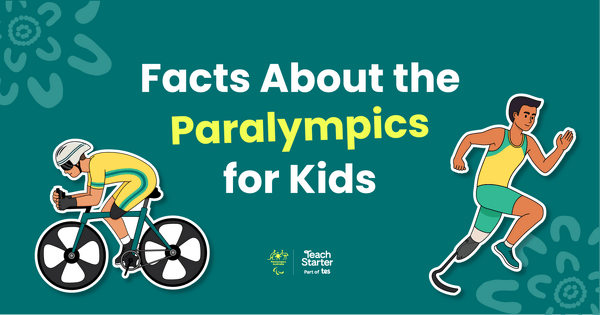

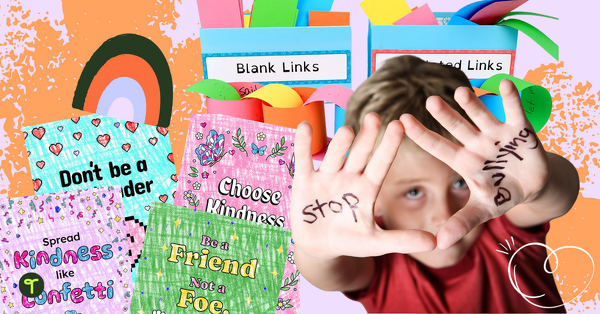
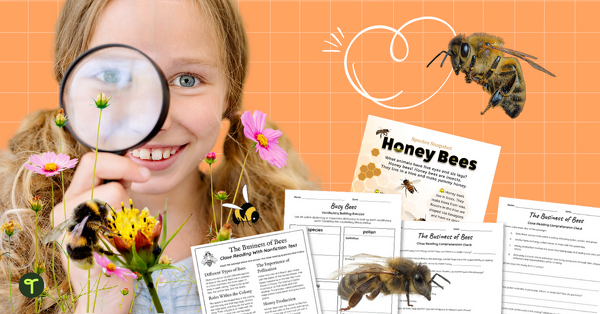
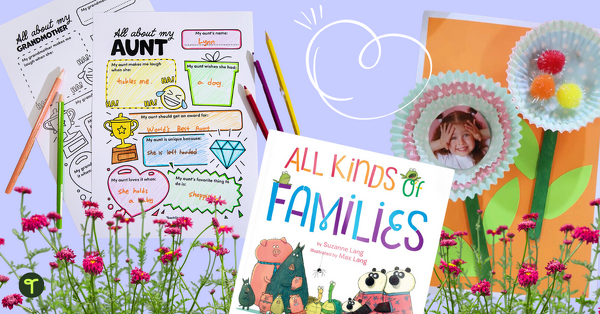
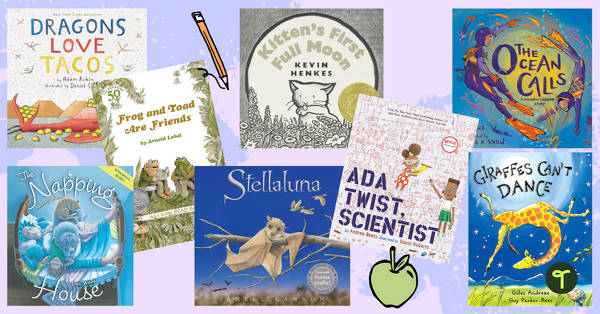
It was amazing for the kids to be very much entertained while learning i would definitely recommend this!(:
Hi Isobella, That is so good to hear! We are glad you are enjoying these activities!